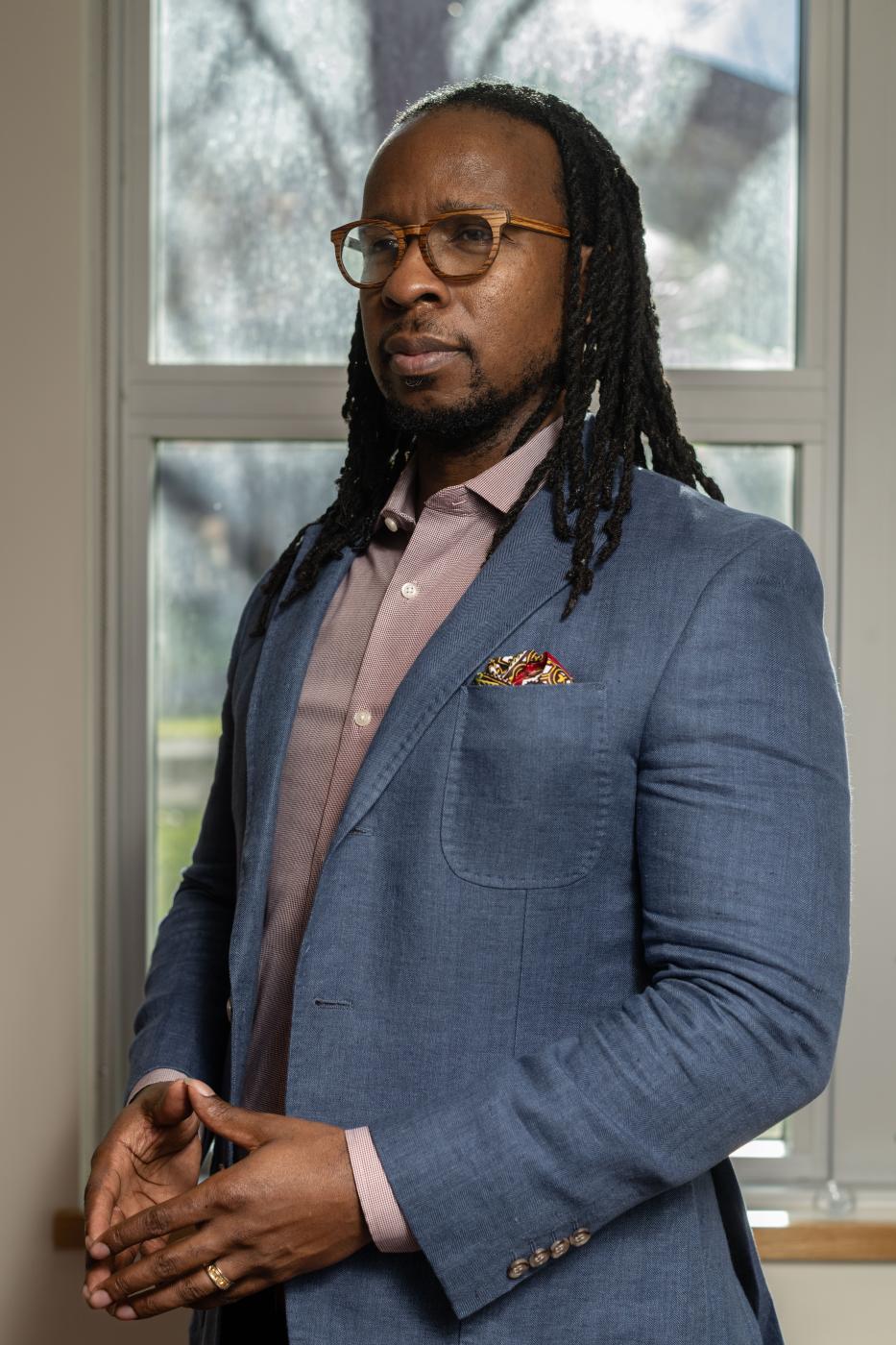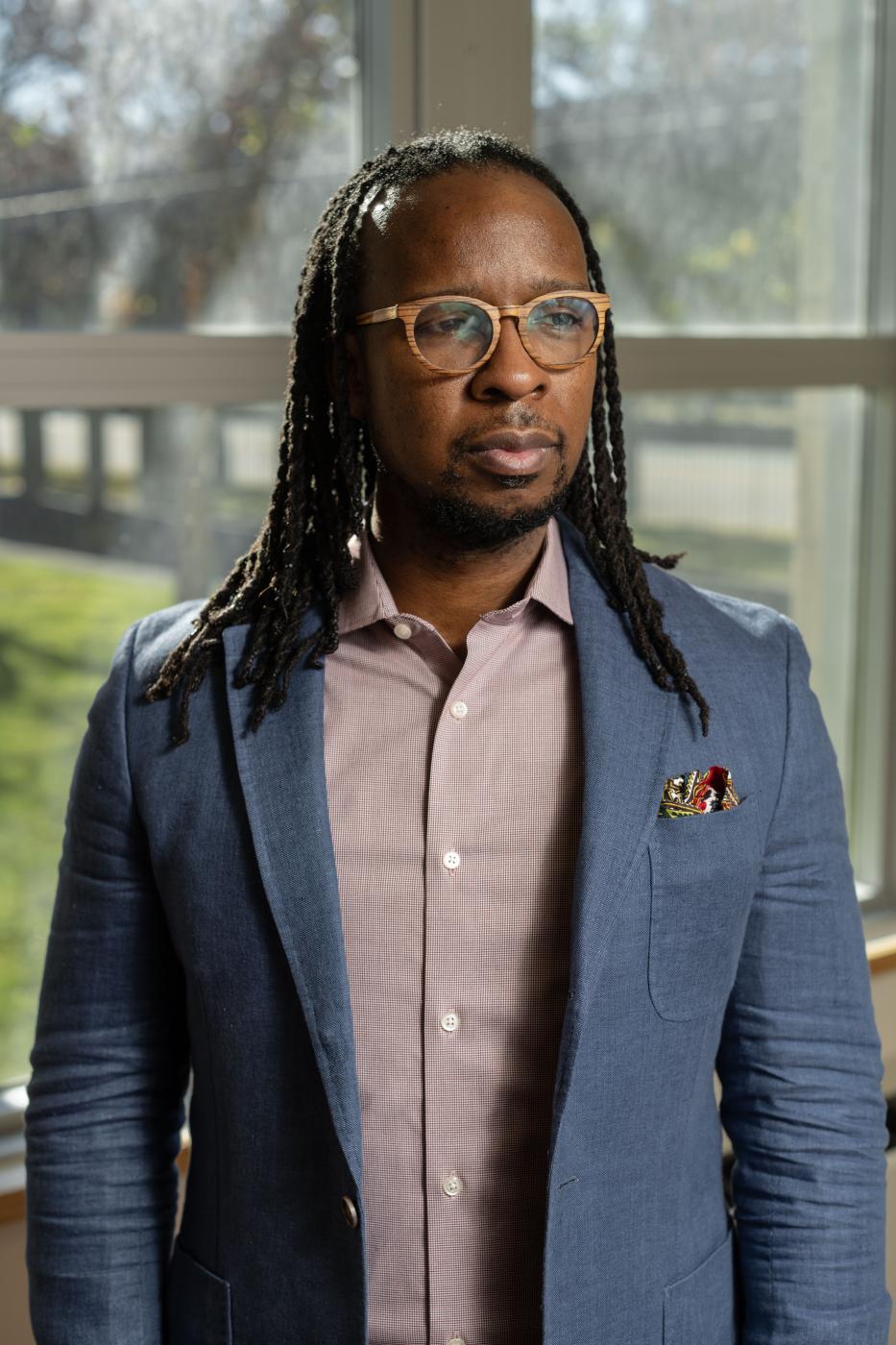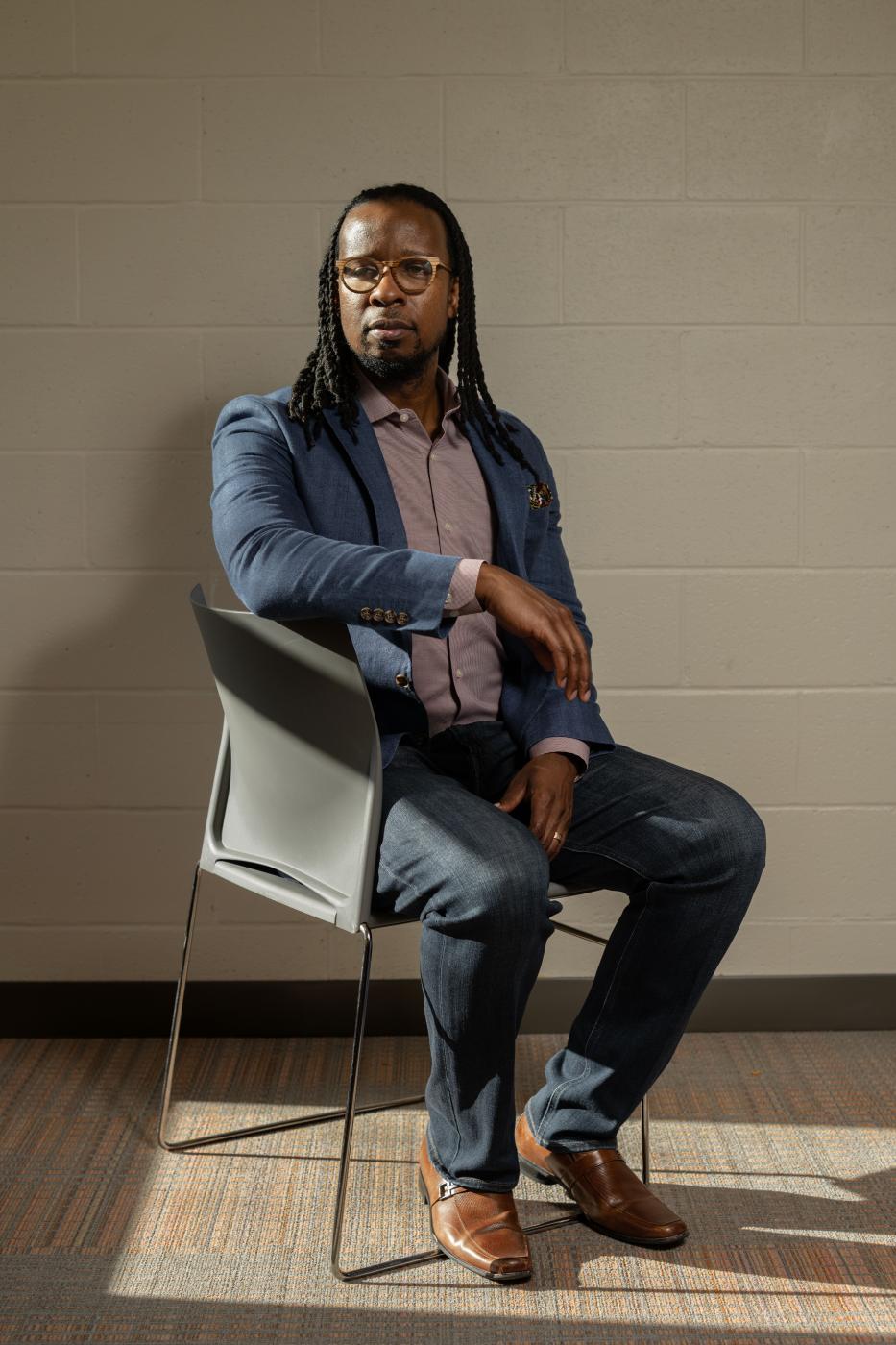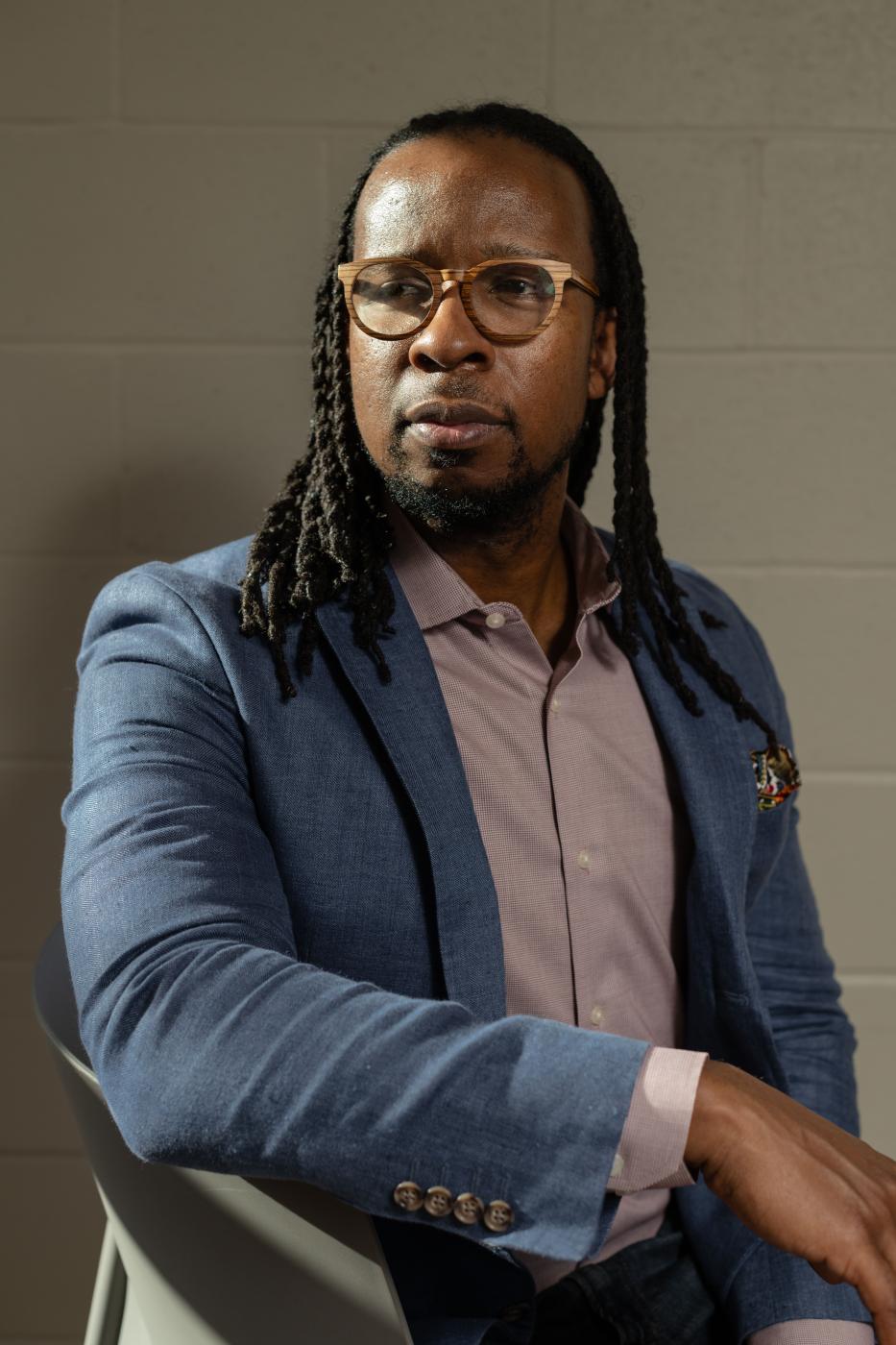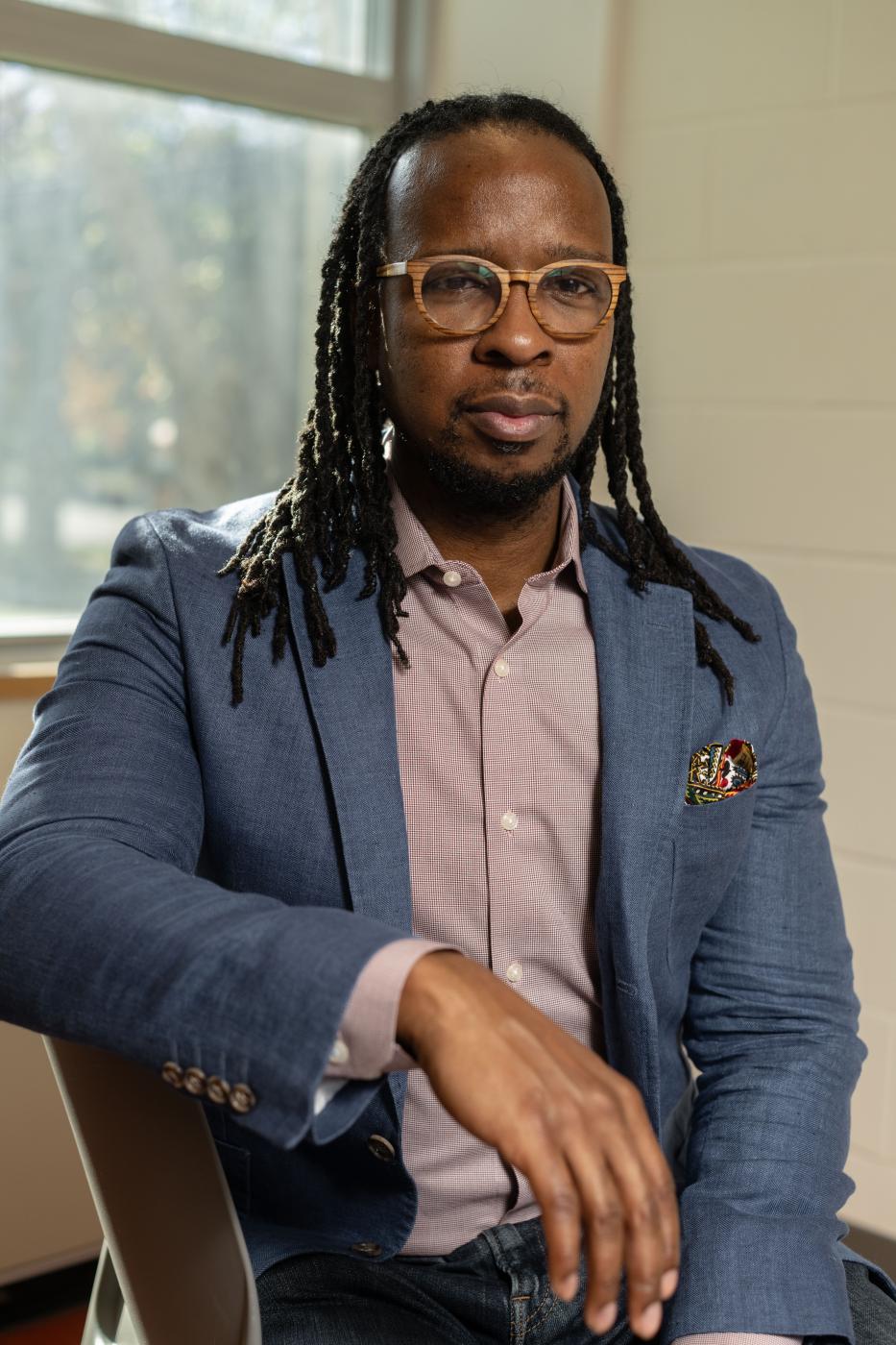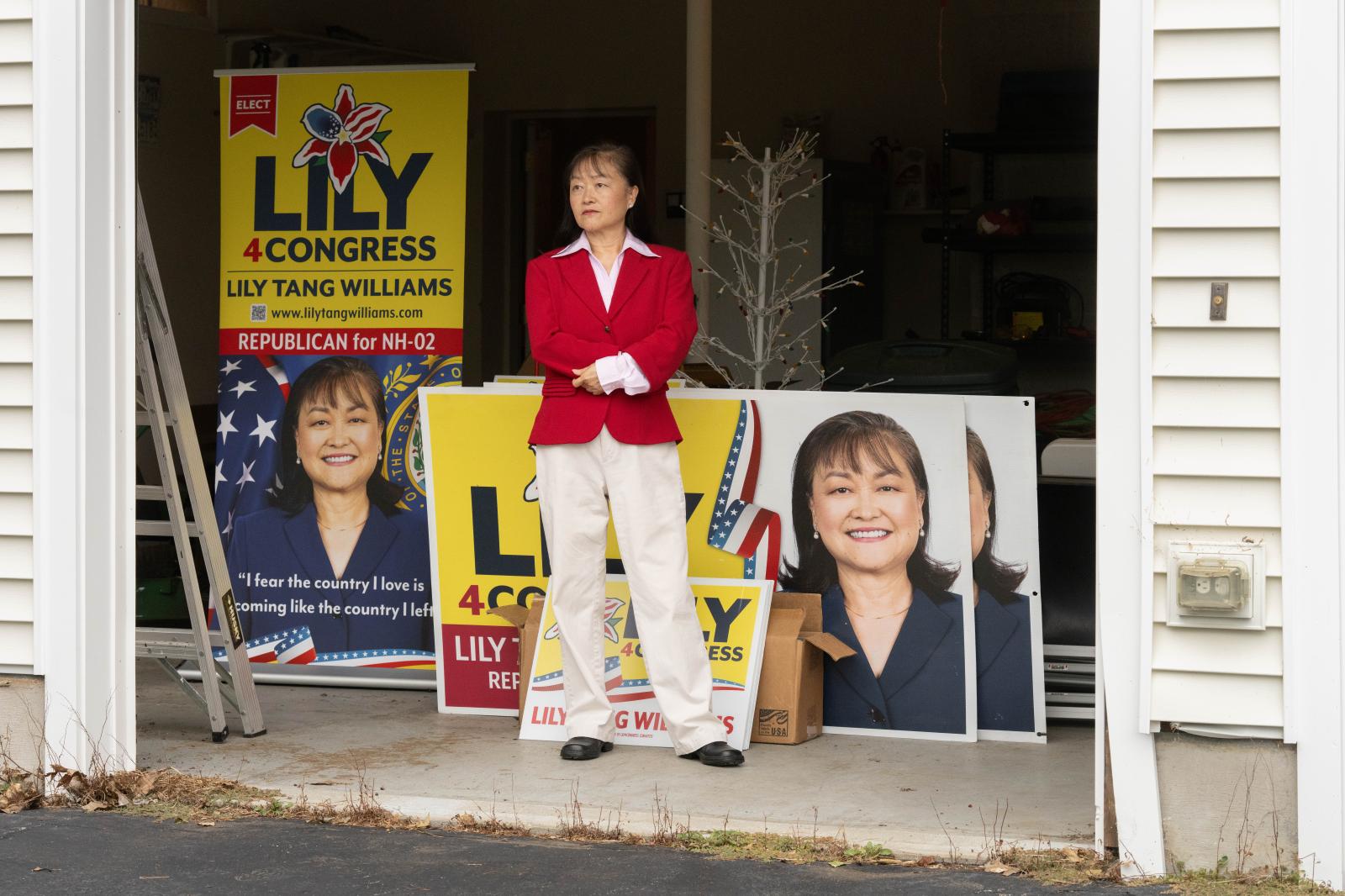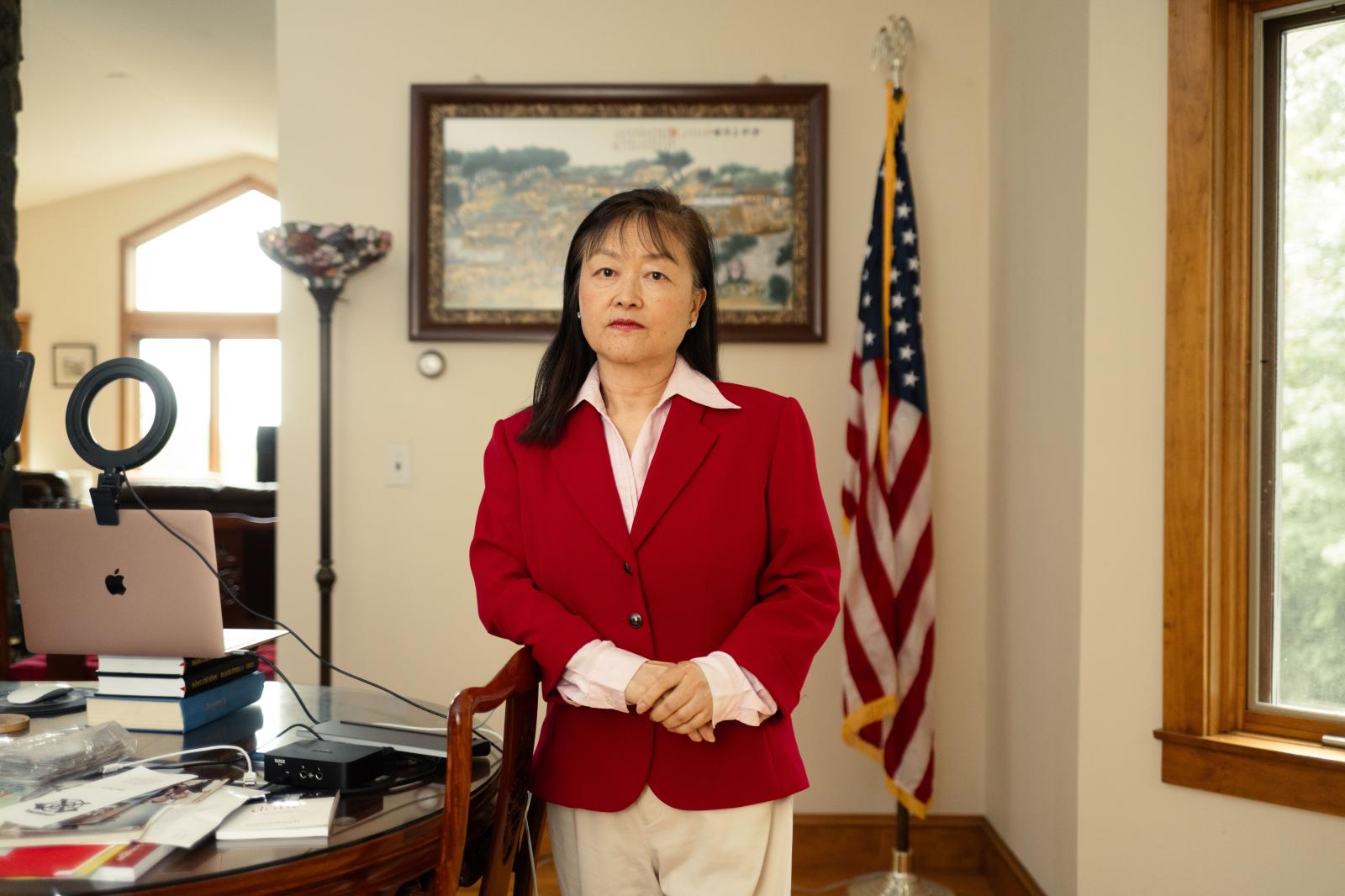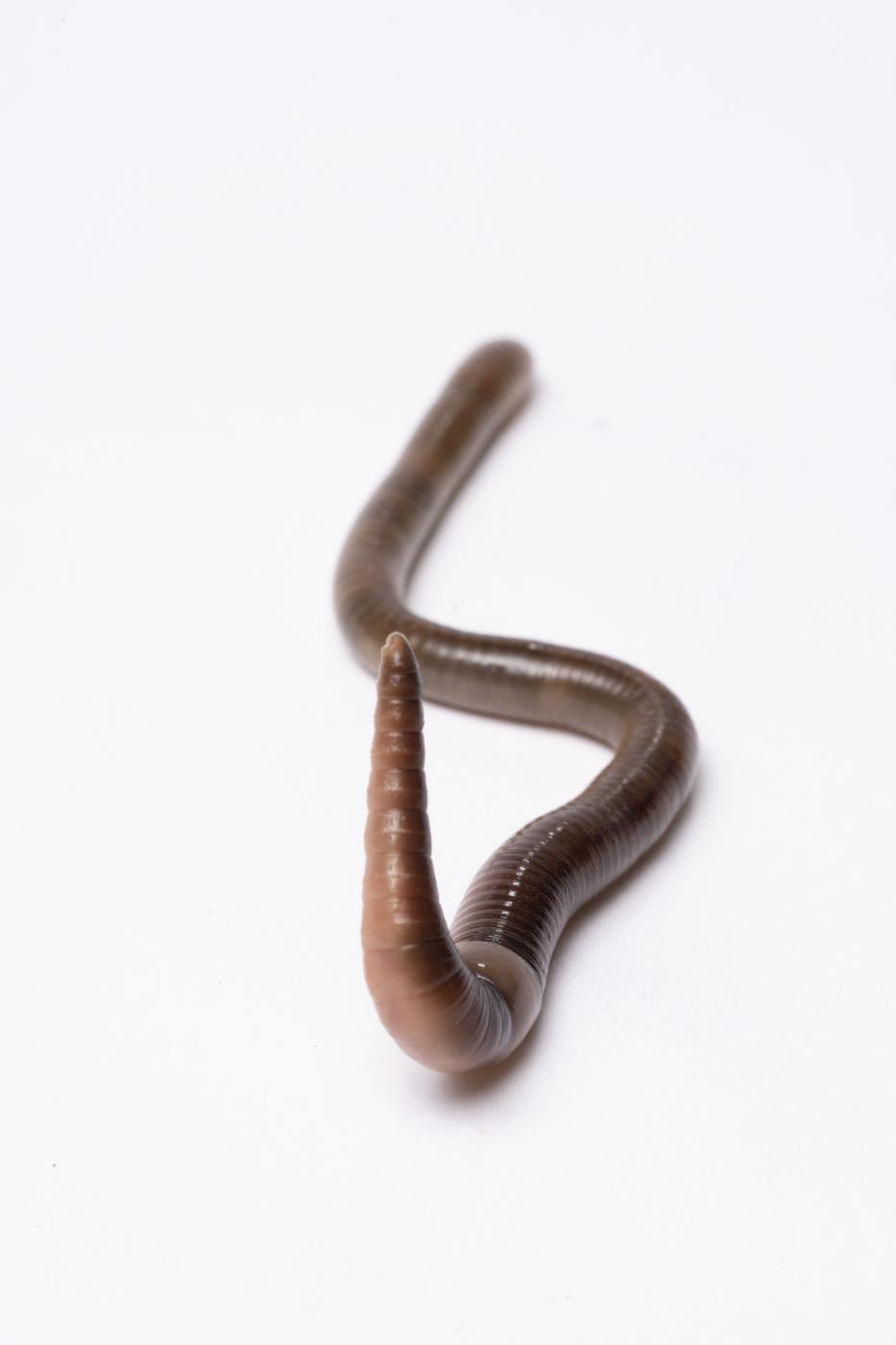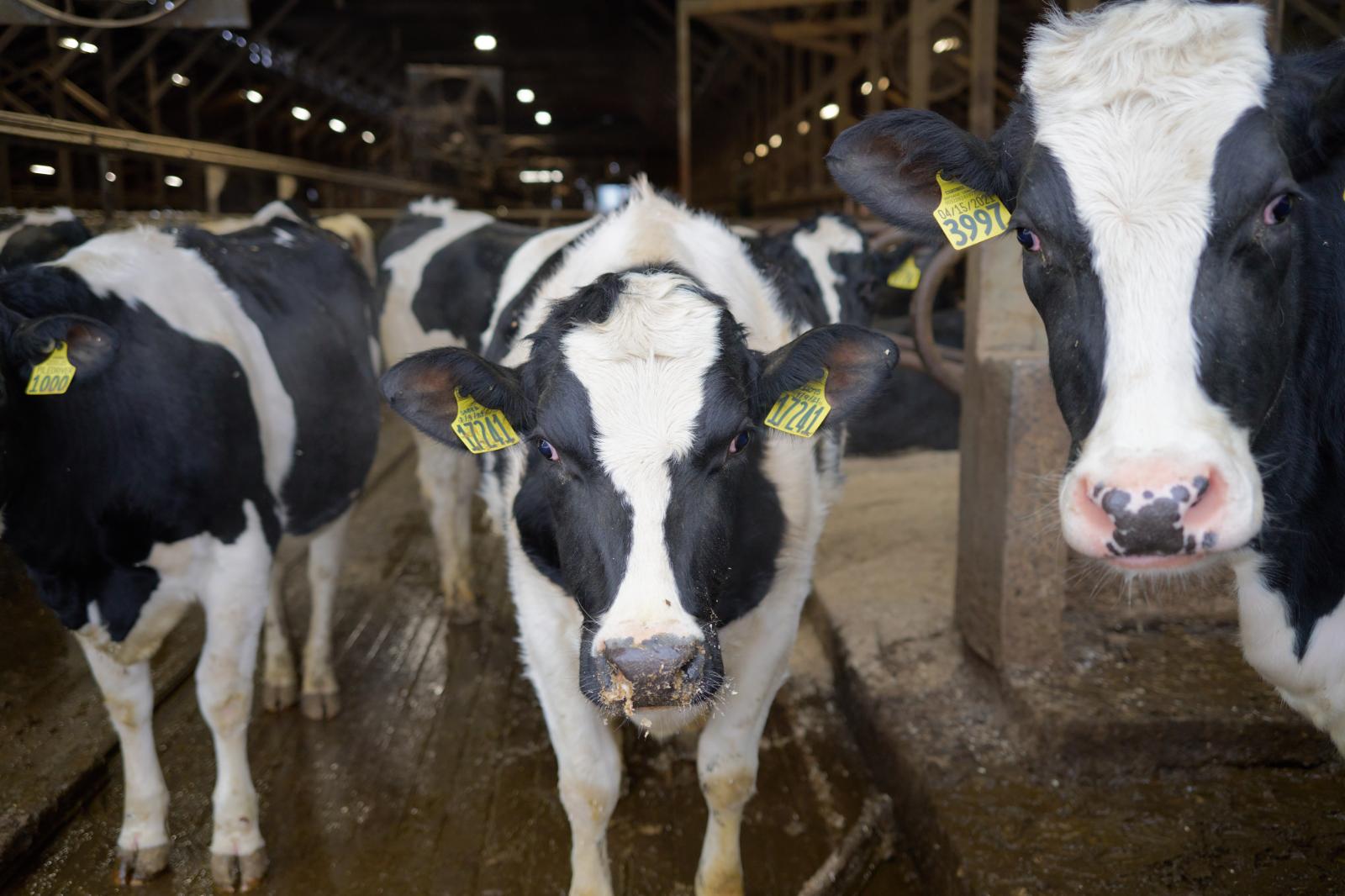No High Resolution File
Story includes:
Request a special price or selection: Custom request
The Berkshires are Mohican
Story
Includes 8 images
Credit: David Degner via Visura
Asset ID: VA65079
Caption: Available
Copyright: © David Degner, 2024
Collection: Feature
Location: Boston, Massachusetts
Topics: Archeology Education Feature History Native American
Asset ID: VA65079
Caption: Available
Copyright: © David Degner, 2024
Collection: Feature
Location: Boston, Massachusetts
Topics: Archeology Education Feature History Native American
Also by David Degner —









